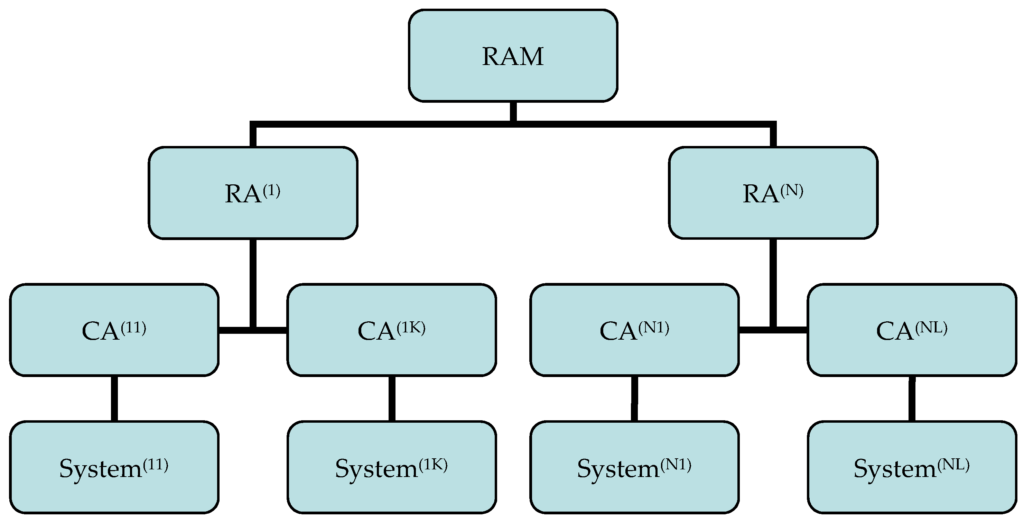Posts
Reference Architectures, Platforms, and Pilots for European Smart and Healthy Living—Analysis and Comparison
Abstract
Motivated by the aging trend, much effort is being invested into implementing ICT (Information and Communications Technology)-enabled systems to provide a better quality of life and support the independent living of older people. As a result, many systems, often labeled as eHealth or AAL (Ambient/Active Assisted Living), were developed over the years. In creating such systems, which very often serve various needs, different architectures have emerged. This work focuses on analyzing and comparing the work and architectures from seven (six of which are in progress) EU-funded healthcare projects, with a total budget of 126MEUR in which we participate. After establishing the theoretical foundation by defining core concepts, we give a brief background on architectures in eHealth and AAL. We elaborate on the chosen analysis method based on three established healthcare and AAL taxonomies we identified by performing a literature survey and the selected Reference Architecture Model (RAM). Since there is no standard way of describing architectures in the eHealth and AAL domain, we conducted the online survey during August and September 2020 and identified CREATE-IoT 3D RAM as the most appropriate option. We present a classification of selected projects based on established taxonomies and map projects’ architectures to CREATE-IoT 3D RAM, which we also propose as standard RAM for future digital healthcare and AAL projects. During our analysis, we identify the most common types of assistance: communication support, reminders, monitoring, and guidance to address health and communication issues. We conclude that proper ecosystems are critical for lowering entry barriers and facilitating sustainable solutions for smart and healthy living.

Published online: 6 July 2021
